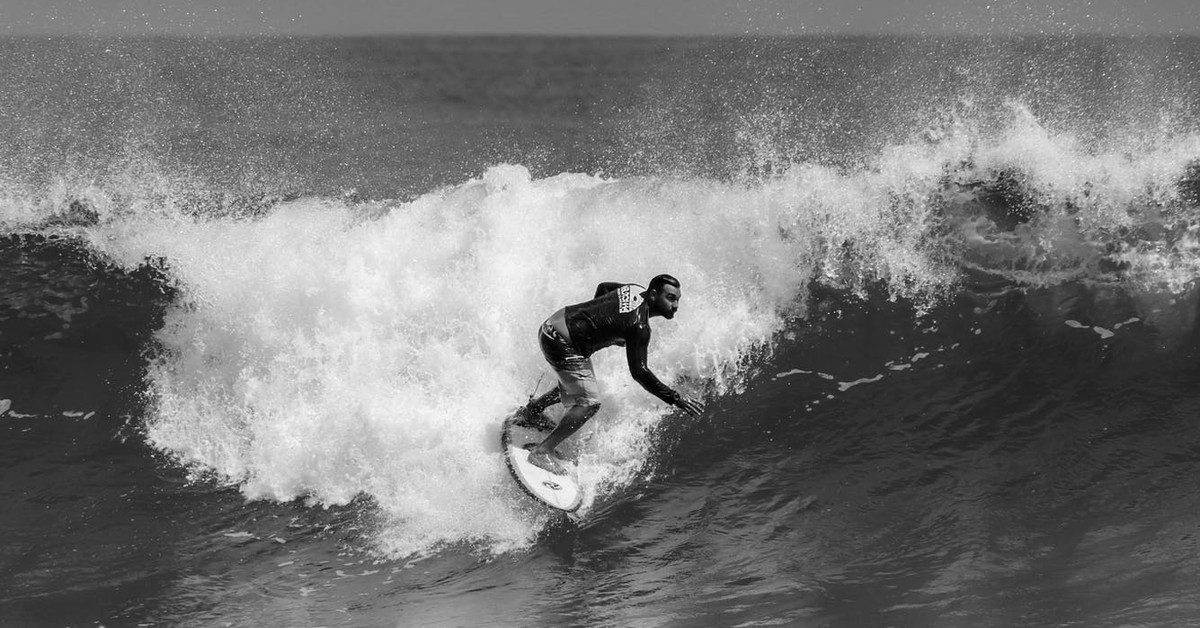offwidth
Level 10 Valued Member
you do in CF comps and OCR as well. You specifically want a good, score, or time, or just to beat the guy next to you… to me anyway… that’s a pretty darn specific goal.It is a general goal rather than specific.
CrossFit Athletes have a general idea of what the competition movements will be but not a specific idea.
With Sports like Olympic Lifting, Powerlifting, etc. you know "Specifically" what is required.
How you do that however is where it gets a bit muddy, because of the uncertainty of what the competition will bring. Hence the need for the competitors usually needing that Jack of all trades approach.

